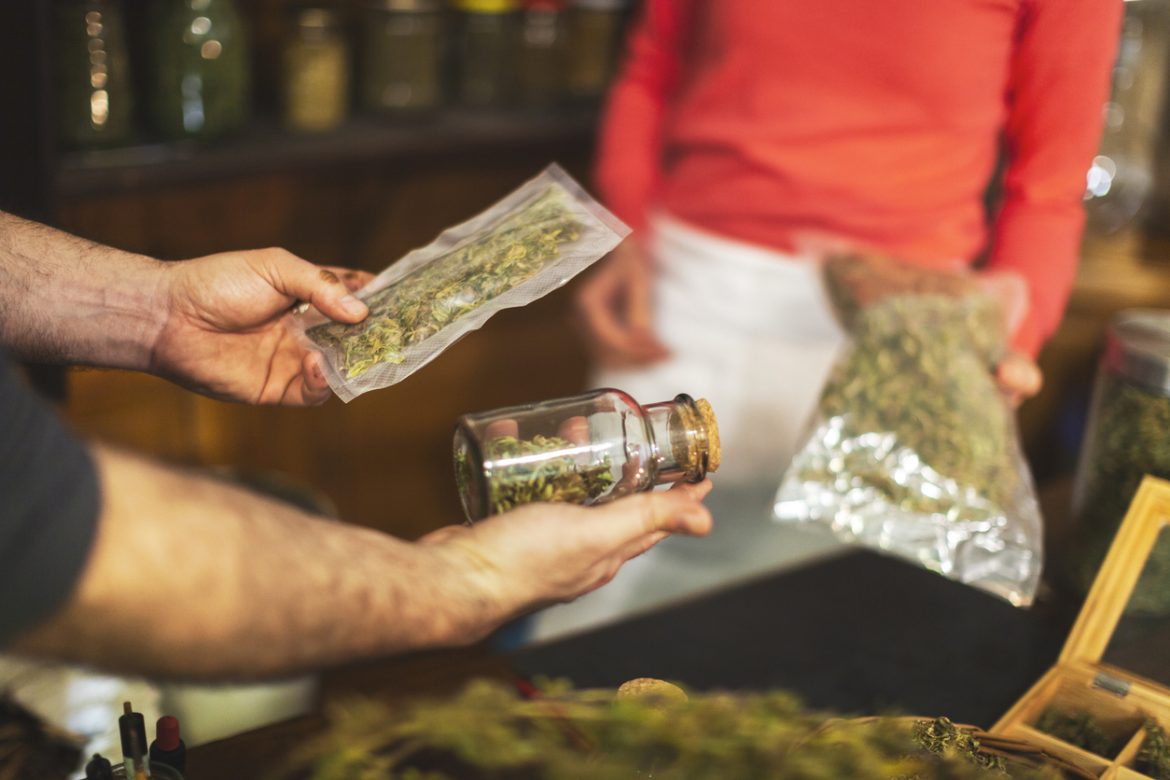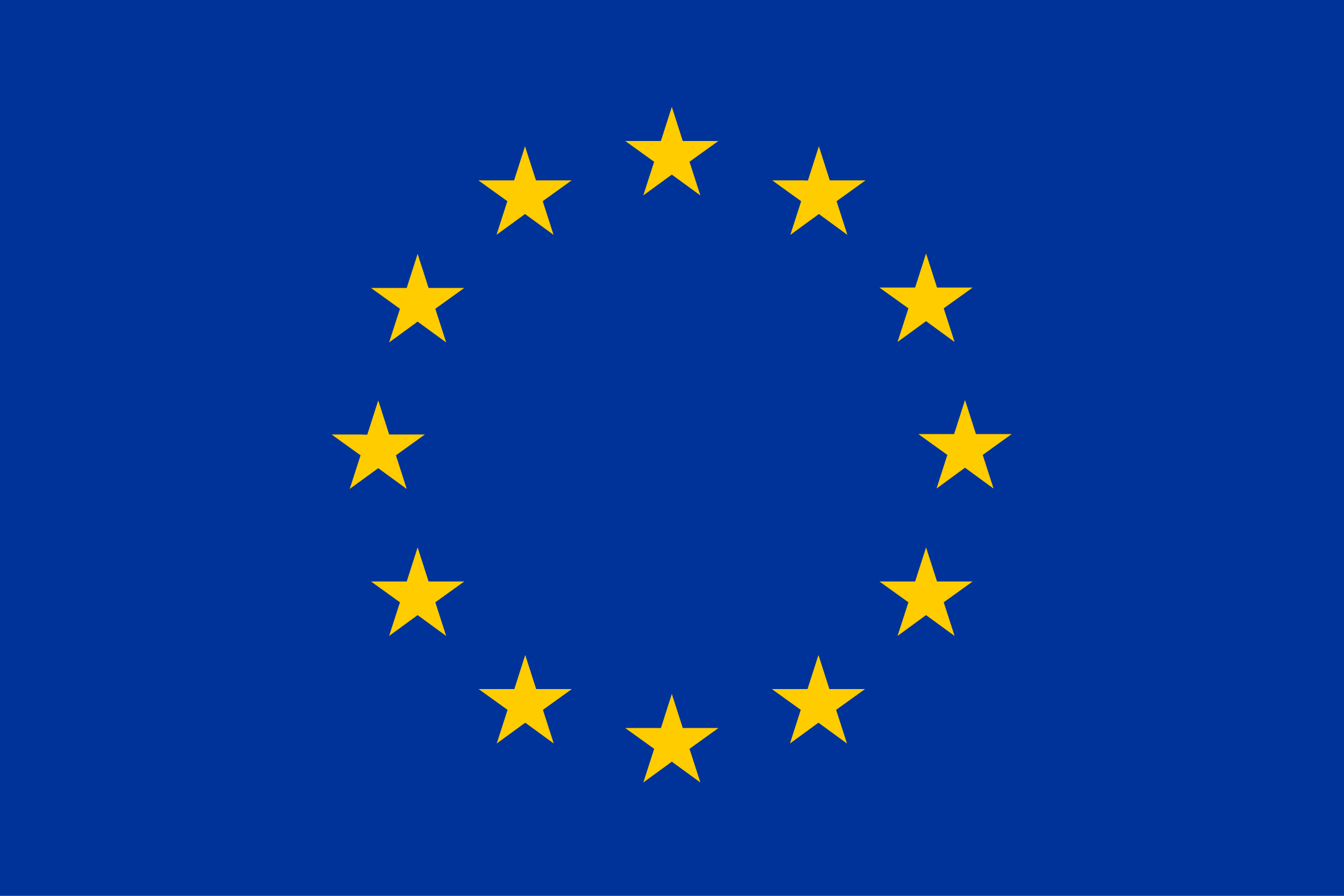
Legal vs. Illegal Dispensaries: What to Look For
With the legalization of marijuana, U.S. cities are seeing a rise in both legal and illegal dispensaries. One of the biggest differences between a legal cannabis dispensary and an illegal one is the quality of the product. In January 2020, the Bureau of Cannabis Control in California tested products from 45 illegal dispensaries and cannabis stores. The results revealed 75 percent of these shops were selling product containing potentially dangerous additives including Vitamin E Acetate, Polyethylene Glycol and Propylene Glycol.
Legal vs. Illegal Cannabis Dispensaries
As a business owner, it’s important to distinguish your legal dispensary from the illegal ones employing questionable practices and distributing tainted products. You want to ensure your customers are safe from the risks inherent in unregulated cannabis sales. In California, there are specific ways consumers can identify your cannabis store as a legally sanctioned business.
Legal Cannabis Dispensaries
A legal cannabis dispensary is licensed by the state and follows strict guidelines of operation. In California, a legal dispensary operating as a storefront retailer must follow criteria set forth by the California Bureau of Cannabis Control, including the following:
- A licensed physical location is required
- Access to adult-use cannabis stores is limited to people 21 years old and older
- Access to medicinal retailers is limited to people aged 18 and older
- Goods must leave the licensed retail premises in opaque packaging
- The packaging is child-resistant, resealable and tamper-evident
- The sale of expired cannabis goods is prohibited
- Only allowed to operate between 6:00 a.m. and 10:00 p.m.
- Identification is required
- Must have a valid certification of cannabis dispensary insurance
Illegal Cannabis Dispensaries
Illegal dispensaries, on the other hand, skirt the licensing and operating rules. A cannabis dispensary operating outside the legal requirements is recognizable by the following:
- Bags and/or jars of cannabis on shelves instead of individually packaged product
- They offer free samples
- Prices are suspiciously low (because the product is low-quality)
- Customers can touch and smell the buds
- Product is weighed in front of customers instead of pre-packaged according to law
- Doesn’t ask for identification to verify age
- Operates outside of legal hours
Distinguishing legal from illegal dispensaries and cannabis stores became easier in California in 2020. The Bureau of Cannabis Control introduced an emblem with a QR code that licensed dispensaries can obtain and place on their storefronts. Customers can scan the code with a smartphone to pull up the business’s licensing information. It’s a fast, convenient way to assure customers that your business is reputable and safe.
About CannGen Insurance Services
For more information about our comprehensive insurance solutions for the cannabis, CBD, and hemp industries, please visit our website at www.canngenins.com or email marketing@canngenins.com.


 US
US
 US
US
 CA
CA
 EU
EU
